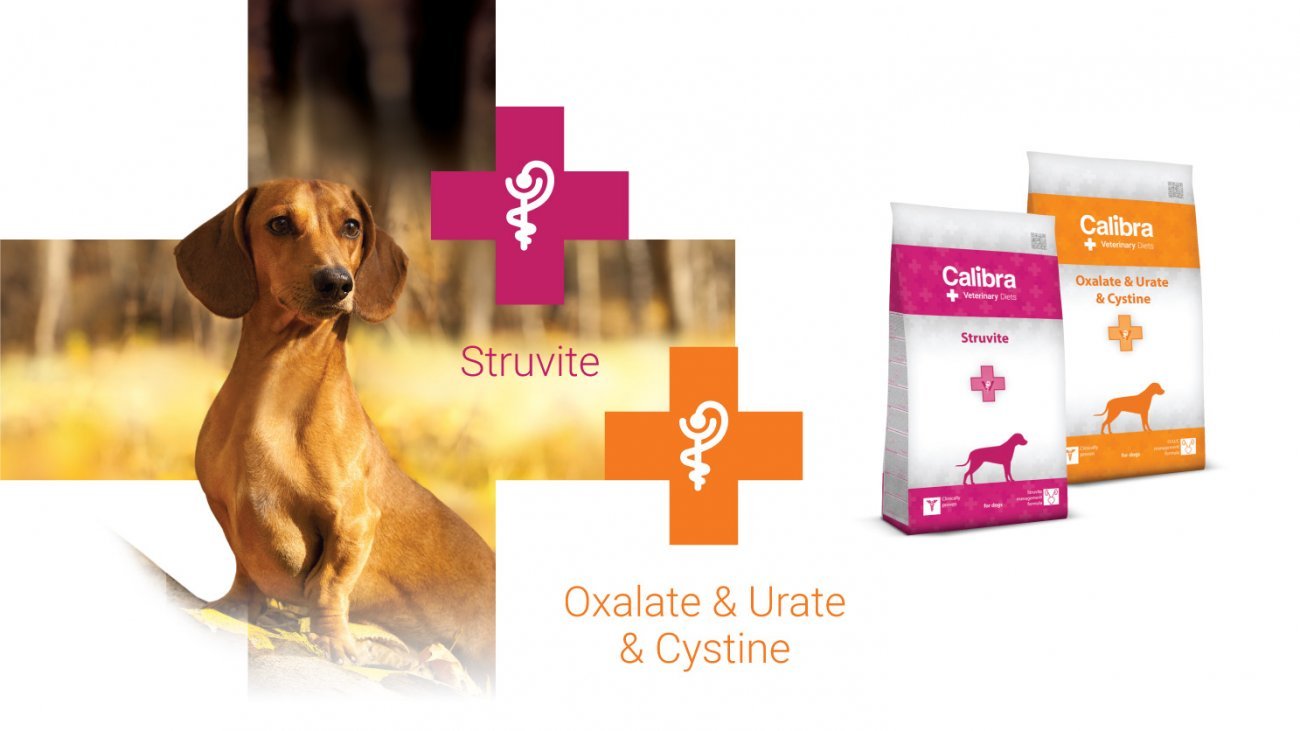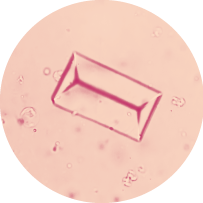VD Struvite + Oxalate & Urate & Cystine for dogs
14. September, 2021
Urinary tract disease is one of the relatively common problems and health
complications in dogs. The development of a urinary tract infection and the
formation of urinary stones are conditioned by several factors – from
breeding predisposition to diet. Calibra has created veterinary diets that help
in the treatment of the most common types of urinary stones – especially the
recipe for struvites and another recipe for oxalate, cystine and urate stones.
Urinary stones
Urinary stones, or uroliths, are very often seen in veterinary practices. Their formation is closely associated with diet, breed disposition, gender, and other factors.
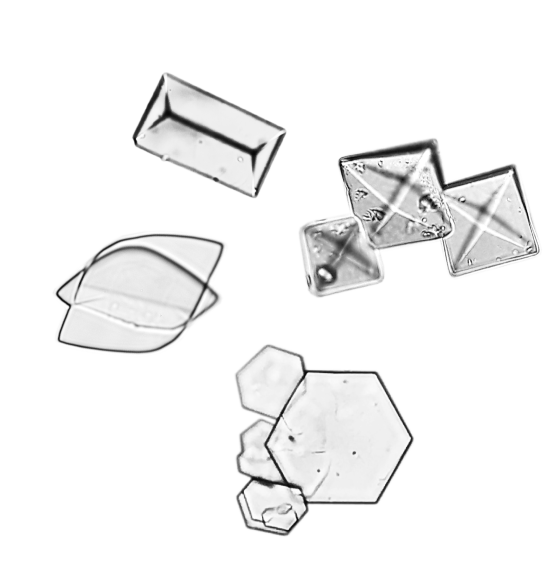 Types of uroliths – a general term for all types of urinary stones – include:
Types of uroliths – a general term for all types of urinary stones – include:
- Struvite (magnesium ammonium phosphate)
- Calcium oxalate
- Urate
- Cystine
- and other less common types.
Urinary stones are therefore distinguished by their chemical composition.
Occurrence in urinary tract
They can be localized in the renal pelvis, the ureters, the bladder, or the urethra. Clinical symptoms depend on the location and type of urolith.
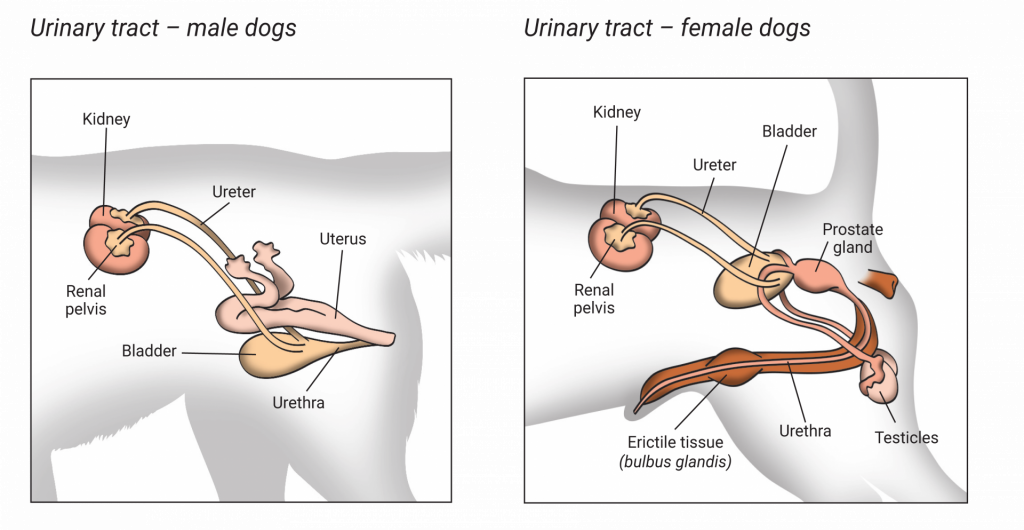
The formation of urinary stones depends on:
- Inflammation/infection in the urinary tract – primarily associated with struvites. Struvites in the bladder are often caused by ongoing urinary tract infections by bacteria producing the enzyme urease. These bacteria include Proteus spp., Enterococcus spp., E. coli, and others. The enzyme urease breaks down urea (a waste product from protein metabolism excreted in the urine) into ammonia, which is alkaline and changes the pH
of the urinary tract environment. Alkaline pH is therefore ideal for the formation of struvite stones. - Kidney condition – mainly hereditary caused increased excretion of certain substances which affects urine saturation. As the concentration increases the stone formation may occur. Kidney disease can also cause changes in urine pH.
- Low fluid intake – If the animal does not drink enough water on its own. Low fluid intake is common
in less active animals. Feeding them with dry food (granules) is not a problem when the dog drinks normally. - Stress
- Inappropriate food composition
Struvites – Diets with too high in plant-based components, a high concentration of minerals, particularly phosphorus and magnesium.
Calcium oxalates – Acidogenic diet; too much calcium, oxalates, Vitamin C, or phosphorus in the diet. - Metabolic issues – Hypercalcemia, chronic metabolic acidosis, liver dysfunction, obesity, Diabetes mellitus.
- Gender – Some types of stones are more common in a particular gender.
- Breed/genetic disposition – Genetic metabolic defects and the subsequent accumulation of intermediates and their crystallization.
 How much water should a dog drink?
How much water should a dog drink?
Normal fluid intake for a healthy dog is about 25-50 ml/kg/24 hours. When treating urinary stones, we need to maintain this level, or ideally even increase it, because it is essential that the urine is diluted and that the bladder is emptied regularly to ensure that the urine does not become concentrated, which leads to crystallization and stone formation.
What is normal urine pH for dogs?
pH is an indicator of acidity/alkalinity. In dogs, urine normally has a pH of between 7-7.5.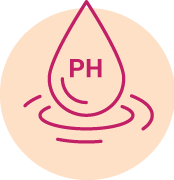
- 7 is considered neutral
- Less than 7 is acidic
- More than 7 is alkaline
pH is directly affected by the composition of the food consumed. In general, plant components act alkalogenically, while animal source proteins act acidogenically. Any deviation from normal p can create an environment conducive to the formation of the relevant stone. Most foods today are acidic.
How can I tell if my dog has a urinary tract infection?
The typical clinical symptom is frequent urination in small amounts, often associated with pain. Of course male dogs like to mark their territory and frequent urination is normal. Despite this, we instinctively know when something is wrong when they demand to go out more often or can’t hold their urine until their normal walk time.
What are the consequences of urinary stones?
- Painful and/or difficult urination (often associated with lower urinary tract infections)
- Difficulty urinating (dysuria)
- Frequent urination in small amounts (polyuria)
- Blood in the urine (hematuria)
- Obstruction of the lower urinary tract (blocked urethra) – a life-threatening condition!
When the urethra is blocked, the animal cannot urinate. Metabolic waste returns into circulation. It is critical that you seek immediate medical attention. There is a risk of kidney failure, and death.
Clinical symptoms
Dogs with urinary stones can be apathetic, refuse food, and show signs of abdominal pain. If infection is present, they can also have a fever. It can take them a long time to urinate, they urinate frequently, and sometimes they cannot urinate at all, or they are incontinent. Blood may be present in the urine.
Struvite formation is caused by alkaline urine. They dissolve in acidic urine, which can be influenced through diet. Specialized veterinary diets are created to help achieve the suitable pH and reduce the availability of substances needed for the formation of these uroliths (precursors). A veterinary diet is one of the primary treatment tools – struvites can be completely dissolved with a therapeutic diet.
In dogs, struvites are generally associated with urinary tract infections, so the veterinarian may also recommend treatment with antibiotics, ideally based on a urine culture and antibiotic sensitivity of pathogens present.
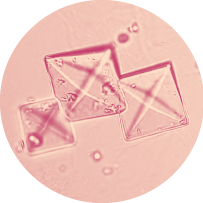 Oxalates
Oxalates
Calcium oxalate crystals develop in urine with a neutral to acidic pH. Crystal formation is facilitated by a high concentration of minerals in the urine (chronic renal insufficiency, acidosis, and others). These stones cannot be dissolved – they must be removed surgically. A special veterinary diet,however, can prevent their recurrence.
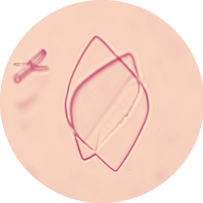 Urates
Urates
Uric acid is created in the body during normal metabolic processes (protein
metabolism) and is excreted from the body in the form of soluble allantoin.
The problem arises when these biochemical processes are interrupted and
salts – ammonium urate – can be built up:
- Uric acid is the intermediate product of the protein metabolism, so a diet high in animal source proteins (meat) containing a large quantity of purine can therefore contribute to the formation of urates.
- Liver dysfunction may also be involved in the development of the disease.
- Most commonly, however, issues with urates are caused by a genetic problem – Dalmatians, for example, have an inborn problem with metabolizing uric acid into soluble allantoin. For this reason, this breed is prone to urates. The formation of crystals is aided by the acidic pH of the urine. Using diet and influencing urine pH, we can reduce their formation.
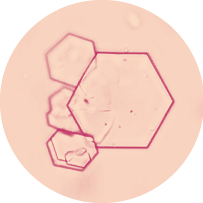 Cystine stones
Cystine stones
These urinary stones develop in dogs with a genetic metabolic mutation. This mutation appears most often in dachshunds, English and French bulldogs, basset hounds, and Newfoundlands, but in other breeds as well. Genetic testing is recommended, which will reveal whether the dog is healthy or affected.
Clinical symptoms generally appear between 3 and 6 years of age and primarily
in males at the point when the stone blocks the urinary tract. This type of kidney
stone must be removed using a catheter/surgically/by laser depending on the patient‘s condition. This type of stone frequently returns, requiring lifelong monitoring and care. The Calibra Oxalate & Urate & Cystine veterinary diet is a therapeutic diet specially developed by veterinarians to prevent the formation/return of cystine stones.
Which stones can be dissolved by way of diet?
 Struvites can be dissolved using a special veterinary diet, and this is the most common approach. Cystine and urate stones can theoretically also be dissolved, but in practice they are often removed surgically, primarily in acute patients suffering from obstruction.
Struvites can be dissolved using a special veterinary diet, and this is the most common approach. Cystine and urate stones can theoretically also be dissolved, but in practice they are often removed surgically, primarily in acute patients suffering from obstruction.
However, we are very successful in preventing the recurrence (re-formation) of urinary stones with a veterinary diet.
How to care for dog with urinary stones
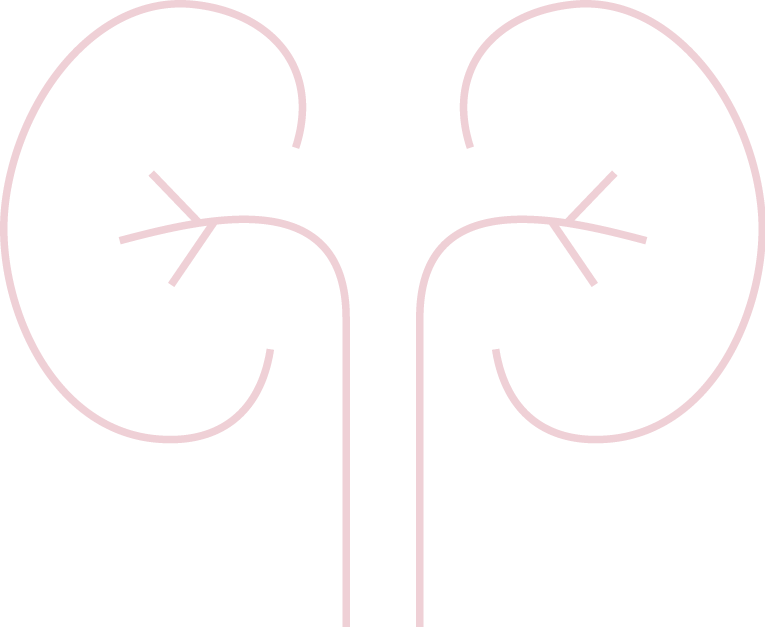 If a urinary tract infection or urolith/urinary stone is suspected, a visit to the veterinarian is essential. The urine can be analyzed right in the veterinary clinic – by using a dipstick test, checking the sediment under the microscope, and measuring the urinary specific gravity, initial important information can be obtained. Further information can be obtained by way of diagnostic imaging (x-ray, ultrasound), urine cultivation, and even analysis of surgically removed stones. On the basis of information, the veterinarian will choose a suitable treatment.
If a urinary tract infection or urolith/urinary stone is suspected, a visit to the veterinarian is essential. The urine can be analyzed right in the veterinary clinic – by using a dipstick test, checking the sediment under the microscope, and measuring the urinary specific gravity, initial important information can be obtained. Further information can be obtained by way of diagnostic imaging (x-ray, ultrasound), urine cultivation, and even analysis of surgically removed stones. On the basis of information, the veterinarian will choose a suitable treatment.- Prescribing and adhering to a special veterinary diet is extremely important. Ideally, the dog will eat no other food or treats, which could create an environment conducive to the formation of urinary stones, thereby negating the effects of the therapeutic diet.
- Ensure that the dog gets enough to drink – they must have plenty of fresh water available at all times.
- Walk the dog frequently – at least every six hours, to ensure that urine does not sit in the bladder or urethra, which could cause crystals to form.
- Go for regular checkups and adjust the treatment/diet based on the animal’s current condition.
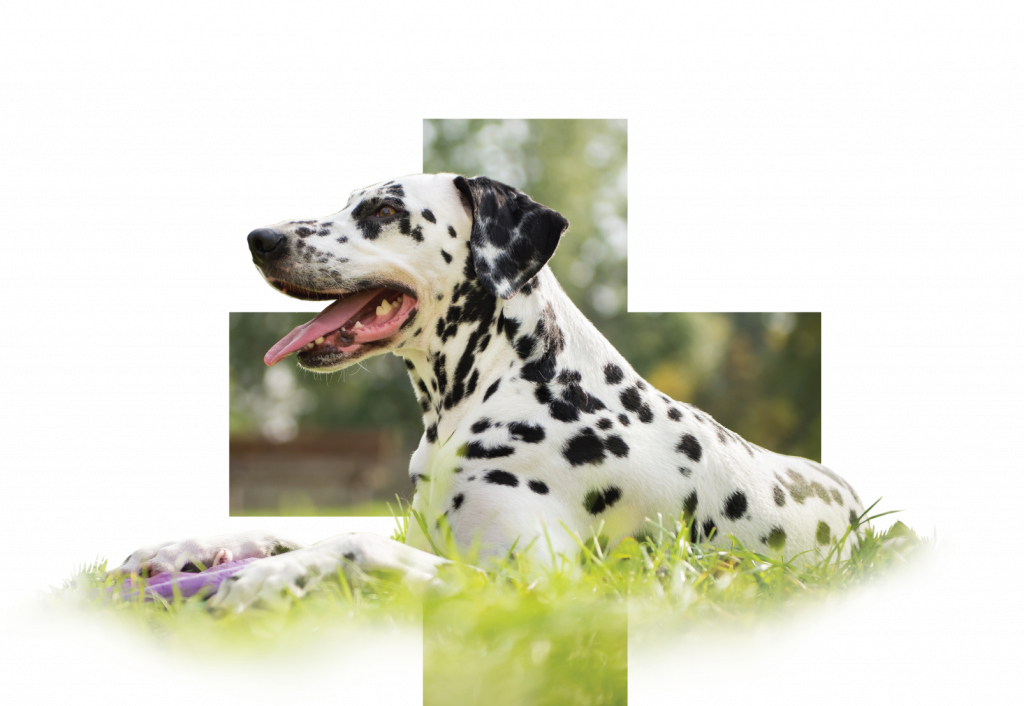
How long will the dog need to be on the special diet?
This depends on its condition. Some dogs will only need to be on it for a few months, while others will need to for many years
or lifetime. The animal must be under the supervision of a veterinarian throughout the time that they are on the diet and undergo regular checkups. If you have any questions, consult your veterinarian.
How does the Calibra Oxate & Urate & Cystine diet help with kidney stones?
- Provides appropriate nutrition- Provides complete nutrition for the dog even with its lower protein content. The chosen special protein source – egg – has the best amino acid profile and a high degree of digestibility. In such a diet, the protein content must be reduced compared to normal food, because protein components are the building blocks of cystine stones. What’s more, eggs are a protein source with a lower purine content, which helps with urate urolithiasis.
- Limits the formation of oxalates - A balanced mineral content and the maximum reduction in oxalate sources helps keep relative super-saturation (RSS) of oxalates in the urine low, which limits their formation.
- Helps prevent the formation of oxalate, cystine, and urate stones - Thanks to added potassium citrate and a specially modified mineral and protein content, allowing the urine pH to shift higher – i.e. alkalize the urine – an environment suitable for preventing their formation is created.
Recommended use of VD Calibra Oxalate & Urate & Cystine:
- Dietary management of oxalate / cystine / urate stones
- Long-term management to prevent recurrence of oxalate / cystine / urate stones
RSS = relative supersaturation - a laboratory index that describes and predicts the situation in the urine.
Scientific studies show that if this index is below a certain value, formation of urinary stones is prevented.
How does the Calibra Struvite veterinary diet help?
Dissolves struvites
- Thanks to the low content of calcium, phosphorus, and magnesium in the food, the struvite RSS index is kept at the low level needed to dissolve struvites.
- Thanks to added calcium sulphate and a special mineral composition that enables the urine pH to fall (acidify), an environment suitable for dissolving struvites is created.
Limits the formation of struvites
- The increased sodium content in the food encourages the animal to drink more water and therefore produce more urine. The increased urine volume then naturally reduces the mineral concentration, which can cause the formation of struvites.
Recommended use of VD Calibra Struvite:
- Dietary management during treatment of struvite stones (dissolution, prevention of formation)
- Support during treatment of urinary tract infections
URINARY TRACT HEALTH COMPLEX
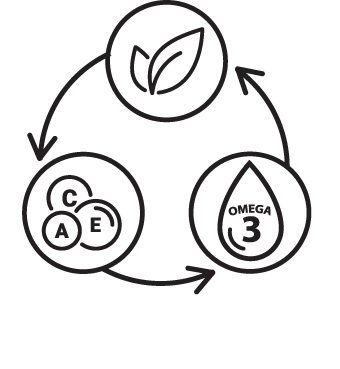 This urinary tract health complex is formulated with a combination of special ingredients to support the physiological function of the urinary system and is included in both Calibra veterinary diets for the treatment of urinary stones:
This urinary tract health complex is formulated with a combination of special ingredients to support the physiological function of the urinary system and is included in both Calibra veterinary diets for the treatment of urinary stones:
- A unique blend of herbs (cranberry & nettles & silver thistle)
- Vitamins and antioxidants (polyphenols and flavonoids from green tea and curcuma)
- Omega 3 (from salmon oil and seaweed)
...and finally…
Calibra veterinary diets aimed at treating and preventing urinary stones are a nutritional treatment in which their composition is specially adapted to meet the needs of the patients. The diets feature balanced protein content and sources, balanced mineral content, and substances to adjust the pH of the urine as needed by the specific focus of the nutritional treatment in order to benefit the dog and help relieve the problem.
